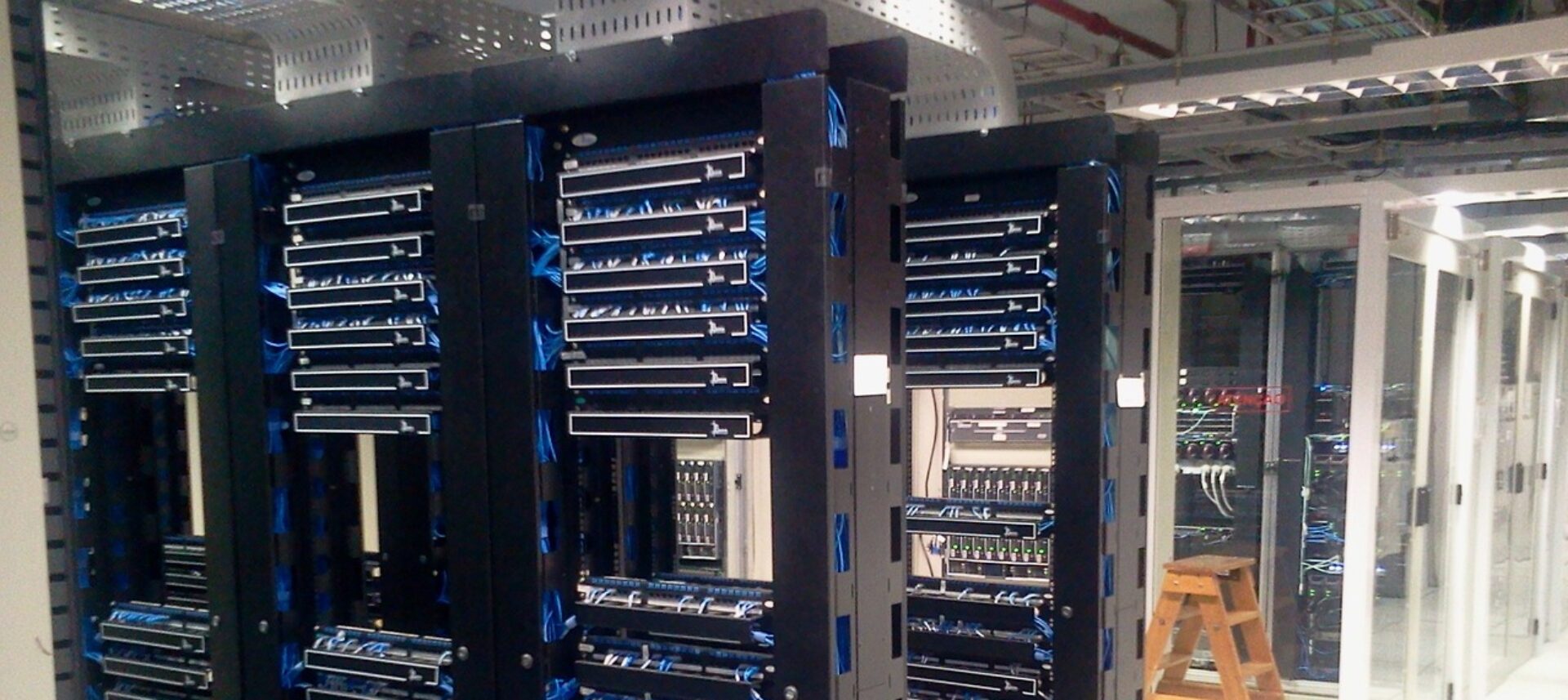In today’s world, safeguarding valuable assets and ensuring fire safety is crucial. Gas-based fire suppression systems provide an advanced solution, particularly in environments where traditional methods might cause more harm than good. Let’s explore the benefits, uses, limitations, types, and applications of these systems.
Benefits
- Minimal Residue: Gas-based systems leave no residue, protecting sensitive equipment and documents from damage.
- Quick Action: These systems can rapidly detect and suppress fires, reducing damage and downtime.
- Eco-Friendly Options: Modern agents like Novec 1230 have a low environmental impact and do not harm the ozone layer.
- Safe for Occupied Areas: Clean agents such as FM-200 and Novec 1230 are safe for use in spaces where people are present.
Uses
Gas-based fire suppression systems are highly versatile and can be utilized in various settings:
- Data Centers: Protecting critical servers and data storage without damaging equipment.
- Museums and Archives: Preserving irreplaceable artifacts and documents.
- Healthcare Facilities: Ensuring the safety of sensitive medical equipment and patient records.
- Telecommunication Centers: Maintaining the integrity of communication systems.
Limitations
While gas-based fire suppression systems offer numerous advantages, they also have some limitations:
- Higher Costs: These systems can be more expensive to install and maintain compared to other methods.
- Space Requirements: Storing gas cylinders requires significant space, which might not be feasible in all locations.
- Effectiveness in Open Areas: Gas suppression is less effective in open or highly ventilated spaces where the gas can disperse quickly.
Types
There are several types of gas-based fire suppression systems available:
- FM-200 (HFC-227ea): A widely used clean agent that extinguishes fires by absorbing heat. It is effective against Class A, B, and C fires and is safe for use in occupied spaces.
- Novec 1230 (FK-5-1-12): An environmentally friendly clean agent with low global warming potential. It is effective in various applications and safe for occupied spaces.
- Inergen: Composed of nitrogen, argon, and carbon dioxide, Inergen is safe for use in occupied spaces and is environmentally friendly.
- Carbon Dioxide (CO2): Effective for unoccupied areas with valuable equipment. It extinguishes fires by displacing oxygen but is not safe for use in occupied spaces.
- Halon: Although effective, its use is limited due to environmental concerns. It is being phased out in favor of more environmentally friendly alternatives.
Applications
The applications of gas-based fire suppression systems are extensive:
- Server Rooms and Data Centers: Ensuring the protection of critical IT infrastructure.
- Control Rooms: Safeguarding operational control centers in industries like power generation and manufacturing.
- Libraries and Archives: Protecting valuable books, manuscripts, and records from fire damage.
- Marine Vessels: Providing fire protection in engine rooms and other critical areas on ships.

